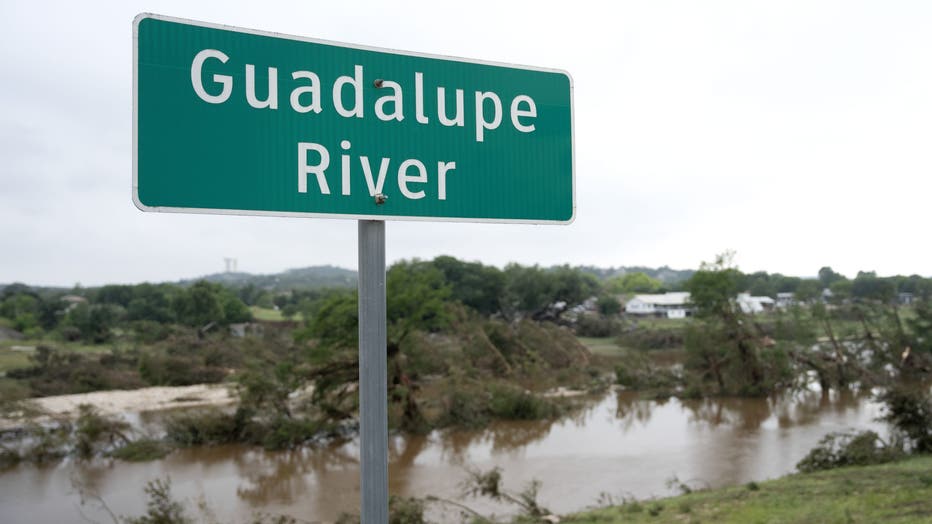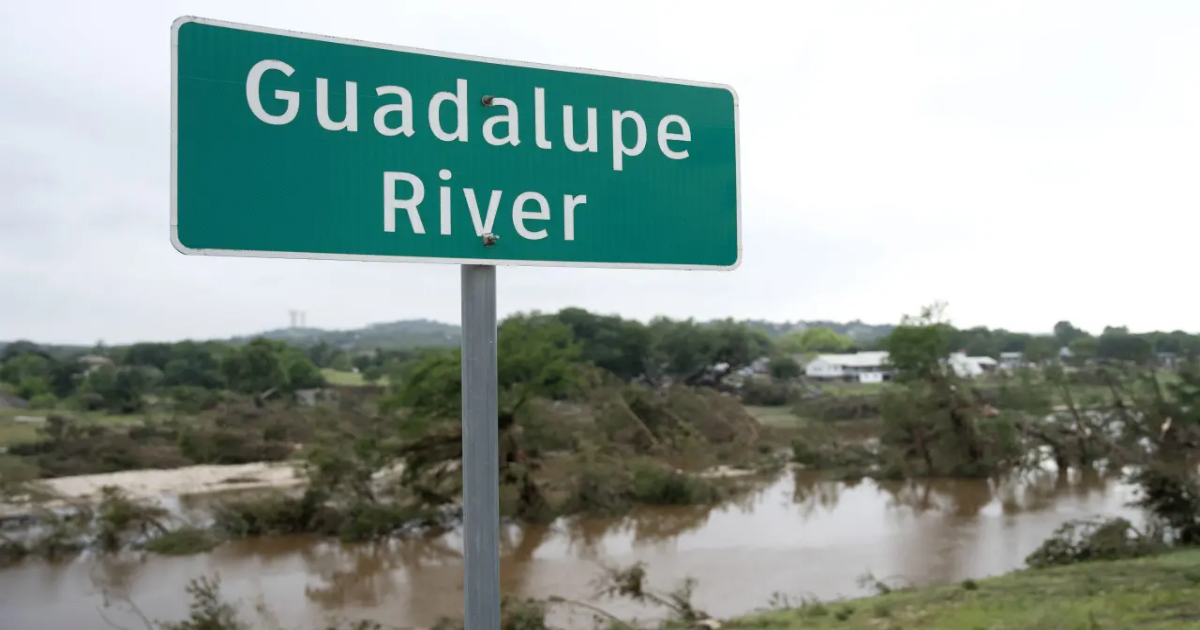As the rains and potential for deadly flooding continues in Central Texas, questions and concerns over preparedness for the storm and the emergency alerts that were issued are rising.
Alerts buzzed in the middle of the night, leaving many to wonder if lives could have been saved if they’d known about the severity sooner, or if the area had been told to evacuate.
Texas flooding
Big picture view:
Destructive fast-moving waters began before sunrise Friday in the Texas Hill Country and killed at least 69 people in Kerr County, authorities said Sunday, and an unknown number of people remained missing.
By the numbers:
The rains caused the Guadalupe River to rise 26 feet in just 45 minutes.

Flooding alerts in Texas
Local perspective:
Texas officials are facing scrutiny over preparations for the severe weather and why residents and youth summer camps that are dotted along the Guadalupe River were not alerted sooner or told to evacuate.
Local officials have said they had not expected such an intense downpour that was the equivalent of months’ worth of rain for the area.
RELATED: Texas flooding: 4 months worth of rain fell in hours
Here is a look at the timeline of when the National Weather Service began coverage of the Texas rain and flooding:
Timeline:
From the National Weather Service in the Austin and San Antonio area:
Sunday, June 29: NWS in San Antonio talked heavy rain potential in the July 4th timeframe.
Monday, June 30: Talks shifted more to the potential for warm nighttime rain processes.
Tuesday, July 1: Flood potential mentioned, specifically in the Hill Country.
Thursday, July 3: First flood watches for the hard-hit area were issued in the afternoon around 1 p.m., predicting rain amounts of between 5 to 7 inches.
Kerr County warnings
Thursday, July 3, 12:41 a.m.: First flash flood watch (not to be confused with a flood watch) issued for Kerr County. Isolated rain amounts of 10 inches was mentioned.
Friday, July 4, 1:14 a.m.: Flash flood warning issued for Kerr County with the potential for life-threatening flooding.
Friday, July 4, 5:30 a.m.: Flash flood emergency issued for Kerr County and the Guadalupe River.
Central Texas warning
Saturday, July 5, 12:41 a.m.: Central Texas flood watch issued, largely in Burnet, Travis and Williamson counties. Flash flood warnings were issued a few hours after that, with some flash flood emergencies in place as well.
Texas officials respond
Texas officials addressed concerns over preparations and alerts Sunday at a press conference.
What they’re saying:
Gov. Greg Abbott said the state had pre-positioned assets and resources in and around Kerr County beginning on Wednesday, July 2.
“We knew, based upon predicted weather, certain regions where the rain may fall. There was an inability to know precisely where that rain was going to fall and how much was going to where it did fall,” he said.
“We need to spend a lot of time trying to answer the question (if the deaths were preventable), because from a technical perspective, there are multiple warning systems that are out there. And all of us can choose to sign up for warning systems in certain areas, depending on the local government that we’re in and the way that their system works,” Texas Division of Emergency Management Chief Nim Kidd continued.
He added that some of the areas may not have even had cell phone coverage, and that it’s uncommon for people to keep a NOAA weather radio on-hand in that instance.
“There can be all kinds of alert systems that are sent,” Kidd continued. “We know that some were sent, some general messaging was sent early. Some urgent warnings were sent at various times. But just sending the message is not the same as receiving the message, having a plan to do something when you receive the message and then the ability to implement that plan.”
He said emergency officials could work with the media to get information to the public about what they should do when they receive emergency messaging.
Federal response:
U.S. Secretary of Homeland Security Kristi Noem said Saturday it was difficult for forecasters to predict just how much rain would fall. She said the Trump administration would make it a priority to upgrade National Weather Service technology used to deliver warnings.
Weather staffing shortages
Dig deeper:
Speculation on social media questioned if a lack of alerts happened because of understaffing in the National Weather Service, and if federal cuts have left vacancies at the agency.
The other side:
The National Weather Service office in New Braunfels, which delivers forecasts for Austin, San Antonio and the surrounding areas, had extra staff on duty during the storms, Jason Runyen, a meteorologist in the National Weather Service office, told The Associated Press.
Where the office would typically have two forecasters on duty during clear weather, they had up to five on staff.
What they’re saying:
President Donald Trump, who has signed a major disaster declaration for Kerr County, told reporters Sunday that federal cuts did not leave key vacancies at the National Weather Service or in emergency coordination.
“They didn’t,” he said. “I’ll tell you, if you look at that, what a situation that all is, and that was really the Biden set-up; that was not our set-up. But I wouldn’t blame Biden for it either. I would just say this is a 100-year catastrophe, and it’s just so horrible to watch.”
He added that he was likely going to visit the state on Friday.
The Source: Information in this article was taken from the National Weather Service alerts archive, as reported by KDFW FOX 4 Dallas, and The Associated Press, which spoke with National Weather Service meteorologists.
